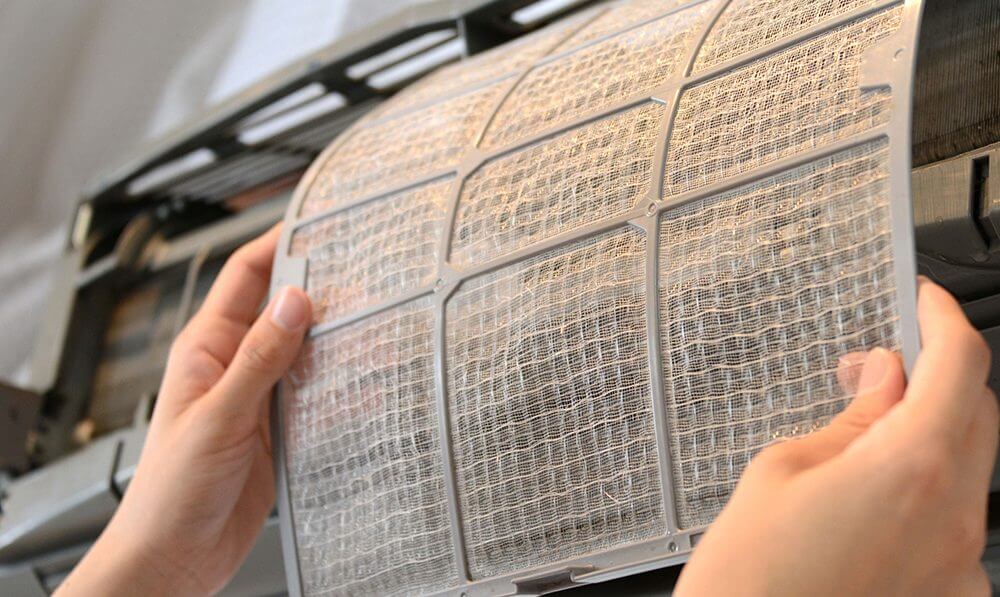The air we breathe in homes and workplaces can carry millions of different harmful microorganisms. Every day, airborne bacteria, viruses, mold, and fungi expose our respiratory system to high doses of contaminants with each breath we take.
Modern HVAC systems (Heating, Ventilation, and Air Conditioning) can become breeding grounds for these microorganisms, spreading them through poorly maintained and unclean labyrinth-like ducts and filters.
What Can Live in HVAC Systems?
The most common microorganisms that settle and multiply in HVAC systems are molds and biofilm bacteria.
Molds are a type of multi-cellular fungus with a structure resembling an interwoven fiber matrix, similar to wool. While some molds are harmless, others can be highly toxic, spreading widely and, in extreme cases, causing severe respiratory inflammation with symptoms such as coughing, breathing difficulties, and even lung bleeding. Frequent mold exposure can also trigger various types of allergies.
Certain mold species, such as Stachybotrys chartarum, can produce dangerous compounds called mycotoxins, which have been linked to neurological problems.
Biofilm bacteria are tightly packed microbial cell communities that grow on stationary surfaces like furniture and appliances. They surround themselves with a sticky polymer network made of proteins and carbohydrates. In HVAC systems, they accumulate in various areas, particularly in moist and low-light sections such as filters, ducts, and fan blades.
Even when strong disinfectant chemicals are used, biofilm bacteria are among the most difficult pathogens to eliminate. Their biofilm matrix acts as a protective shield, increasing their chances of survival and reproduction. Medical facilities and healthcare systems have long struggled to combat infections caused by biofilm bacteria, requiring significant resources and effort.
How Can UV-C Help Improve Air Quality?
Using UV-C disinfection systems like C-Bot can effectively inhibit the growth of molds and biofilm bacteria. The germicidal effect of UV-C light can destroy the DNA material inside these microorganisms, preventing their spread, improving overall air quality, and reducing health risks. This feature is particularly valuable in environments with immunocompromised individuals or people with pre-existing medical conditions, such as the elderly or newborn babies.
Additionally, UV-C systems can lead to significant cost savings in HVAC system maintenance and performance.
Eliminating microorganisms reduces mold and biofilm buildup in filters and air ducts, leading to less frequent cleaning and replacement, thereby extending the lifespan of these critical components. Moreover, since airflow remains unrestricted by microbial growth, the amount of energy consumed by motors and compressor systems can be significantly reduced.

